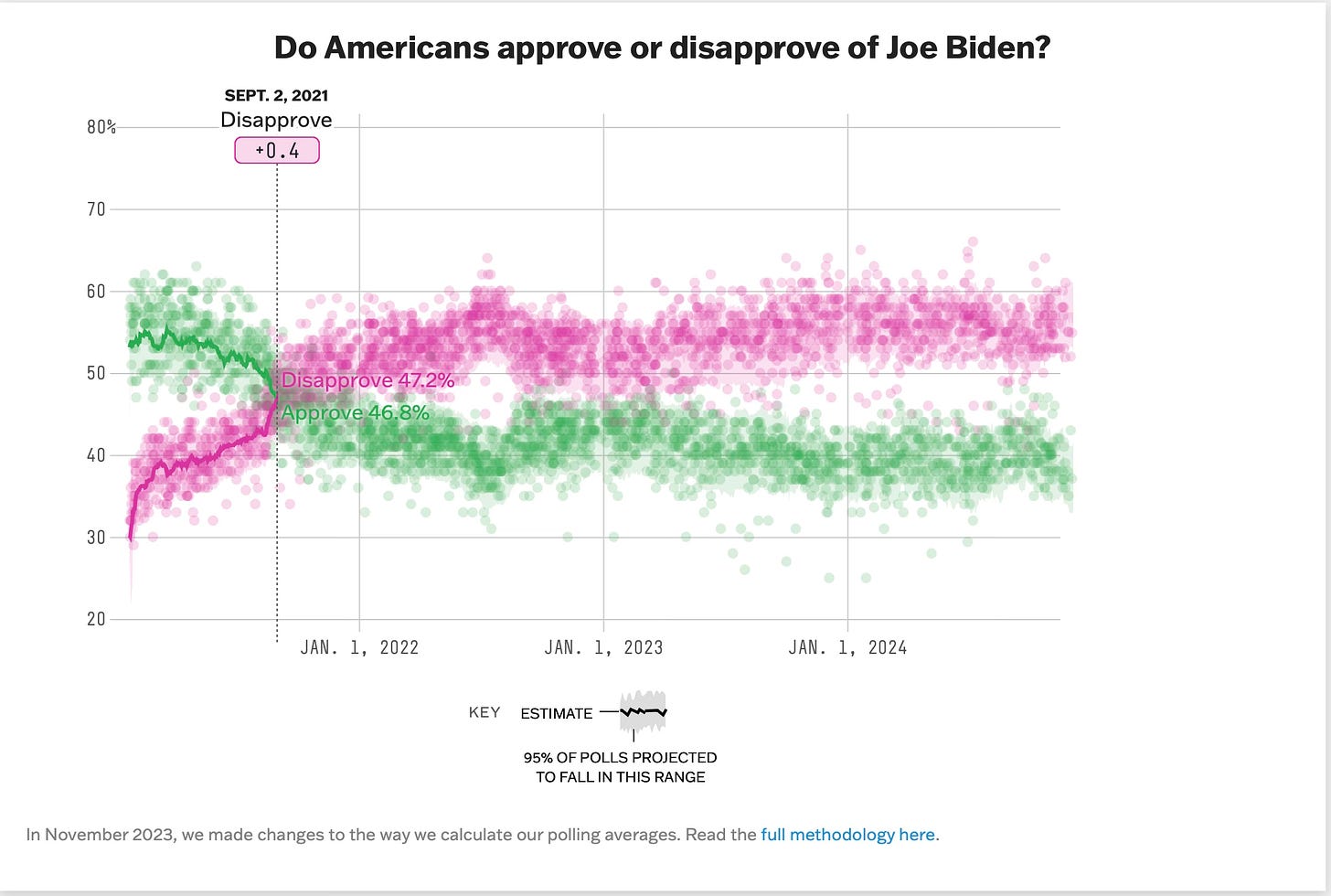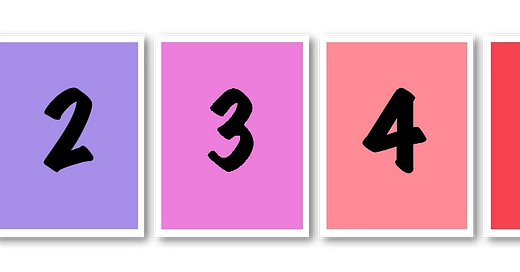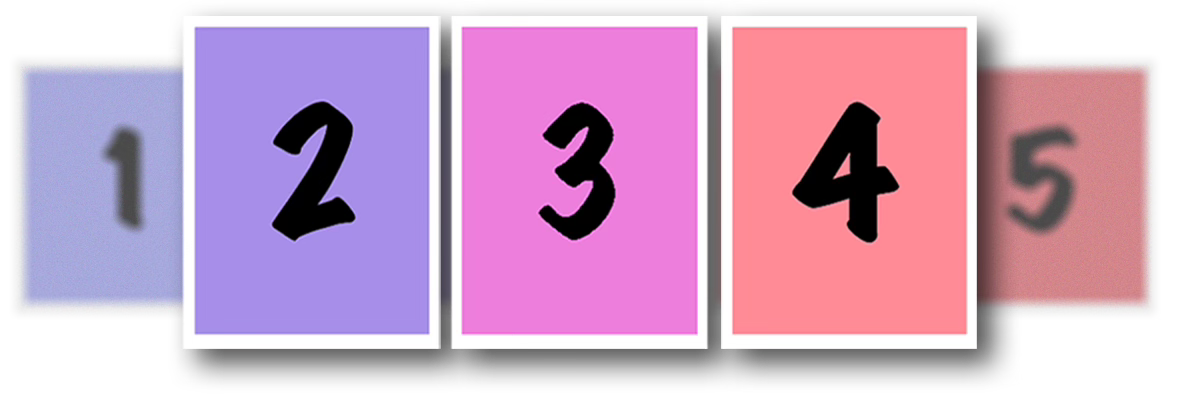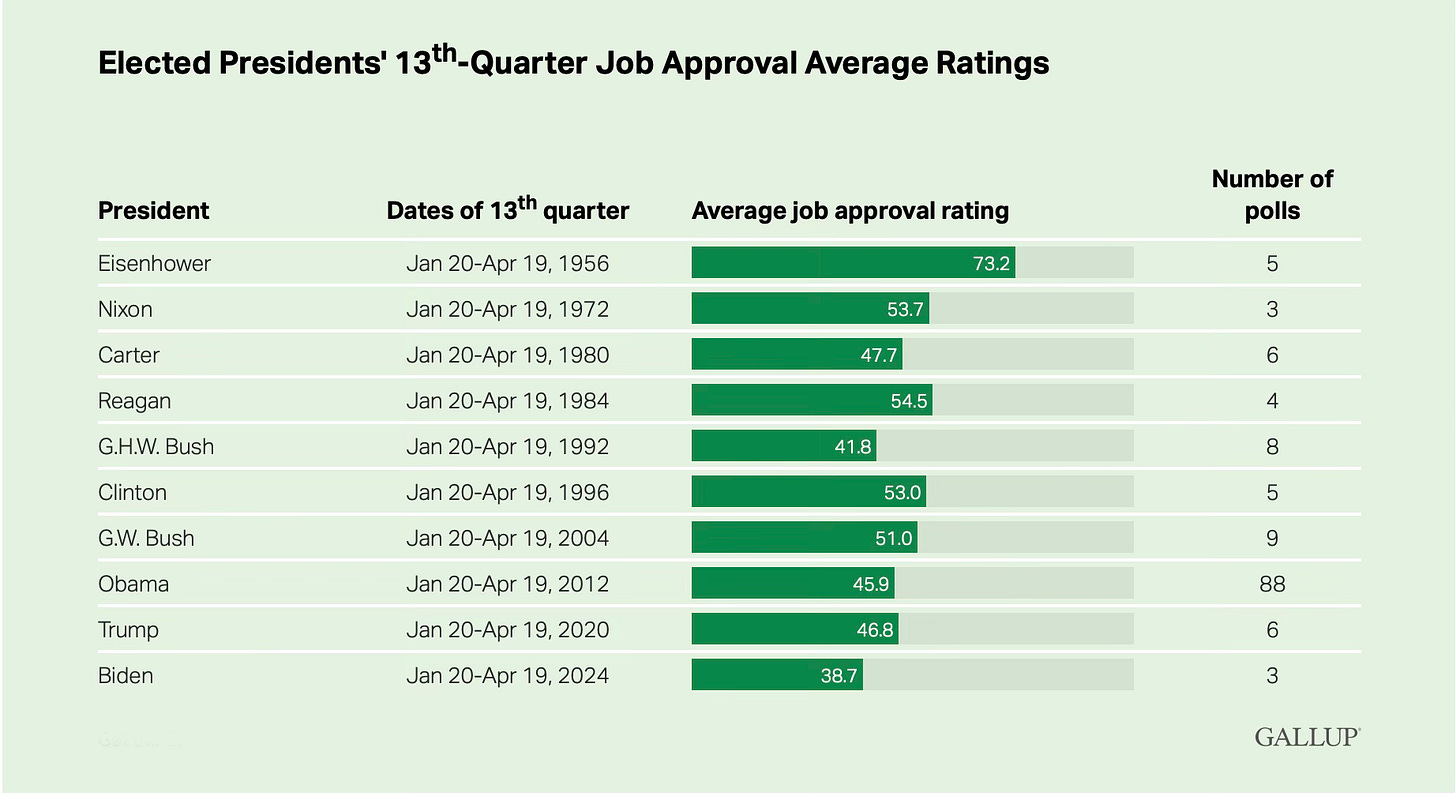The election is just a bit more than a month in the rearview mirror. But the stench of the wreckage still hangs in the air, newly befouled with every one of Trump’s unqualified appointments, lie-and-threat-laden interviews, and weird, dominating, 17-second handshakes. And that’s just Trump. It doesn’t even account for the Musk of it all, nor the stunning “obey in advance” resignation of FBI Director Chris Wray.
Let’s start here:
Mandate-Schmandate
It was a narrow win. The margin of Trump’s popular-vote victory averages to just 12 votes per precinct nationwide. In the House, Democrats managed to gain ground and push Republicans back to the smallest majority in that body since 1932. If it hadn’t been for the mid-decade gerrymander in North Carolina, Dems would have re-taken the House majority.
But, as they say, close only counts in horseshoes.
While we wait for Inauguration Day to learn whether the movie turns out marginally better or calamitously worse than its doomsday trailer, I’m looking back at my first lesson in politics to try to make sense of it all. I’m going through this exercise for my own mental well-being, but I’m happy to share the journey with you.
When I was in college in the 1960s, I ran for president of our college radio station. A guy in the class ahead of me gave me some advice that he picked up working in his local Democratic precinct in Brooklyn. He outlined a technique they used for managing campaigns. It’s a model that, for me, sheds a small bit of light on the trajectory of the 2024 campaign.
Here’s the gist of it—almost as easy as one-two-three.
OK, precisely, it’s as easy as one-two-three-four-five.
Rather than imagining “the electorate” or “the American people” as some mythical monolith, the model sorts all potential voters into one of five categories—based on their leanings—and treats each category appropriately.
This is not division by age, gender, geography, education, religion, or ethnicity. If you’re managing a campaign, you’ll need those details in order to reach these voters. But I’m not in that business. I’m just trying to understand WTF happened.
A simple five categories of for-or-against is enough for my purposes. Is you is or is you ain’t my voter?
As far back as 1840—our county’s first, modern two-party campaign—Abraham Lincoln (at the time heading the Whig Party in Illinois) outlined a version of this method in a letter to his organizers. Lincoln didn’t use a numbering system, but the principles are the same as the method I was shown back in college.
The first task Lincoln assigned his operatives was canvassing. He instructed them to:
“… divide their county into small districts, and to appoint in each a sub-committee, whose duty it shall be to make a perfect list of all the voters in their respective districts, and to ascertain with certainty for whom they will vote… In each of your letters to us, you will state the number of certain votes, both for and against us, as well as the number of doubtful votes, with your opinion of the manner in which they will be cast.
Applying numbers as labels for Lincoln’s “certain votes,” they’re classed as Ones if they’re for you and Fives if against. Lincoln’s “doubtful votes” are sorted into three groups: leaners one way or the other are Twos and Fours and any undecided, or non-engaged voters are Threes.
The “Certain Votes”—Ones and Fives
The categories Lincoln called “certain votes” are the simplest to deal with.
With Ones, your task is just to make sure they show up and vote. It’s not a matter of persuasion, but of motivation. As Lincoln put it, “Our intention is to organize the whole State, so that every Whig can be brought to the polls in the coming presidential contest.” It’s classic GOTV.
As for the Fives, the task is even simpler: ignore ’em. Spend no energy, time, or money trying to persuade people who tell you they will never vote for you. Just let them be.
The “Doubtful Votes”—Twos, Threes, & Fours
The Twos, Threes, and Fours are voters who, to one degree or another, remain persuadable.
Of them, Lincoln instructed his party operatives as follows:
… such voters should be designated in separate lines, with the name of the man they will probably support.
… It will be the duty of said sub-committee to keep a CONSTANT WATCH on the DOUBTFUL VOTERS, and from time to time have them TALKED TO by those IN WHOM THEY HAVE THE MOST CONFIDENCE, and also to place in their hands such documents as will enlighten and influence them.
Influencing, of course, is easier said than done. Even in our day, when influencer is a profession (or at least a job title), changing anybody’s minds—about anything—remains devilishly hard. It can be done. But the process usually takes longer than a single campaign cycle, especially a truncated campaign of 107 days. It’s sobering to realize that the outcome of this or any election is largely baked-in long before campaigning begins.
I’ll do a deep dive here on the Fours, and leave the Twos and Threes to a future post.
Too Damn Many Fours
In 2024, the biggest obstacle to a Harris win was the large number of Fours bequeathed to her by President Biden.
Despite the many Democrats who regard him with affection and admiration—Joe Biden turned out to be a singularly unpopular president. Even though he managed to pull off a string of transformative legislative victories at home and deft diplomatic achievements abroad—a better record than any president since LBJ—Biden still managed to create an insurmountable pile of Fours. His presidency left too many people resentful of the the status quo and inclined to blame Biden for their discontent.
Joe Biden’s approval ratings initially went south in September of 2021—in the first polls taken after the messy U.S. withdrawal from Afghanistan. That was a scant seven months into Biden’s term. The global post-COVID wave of inflation was already cranking up; it would peak the following year. Although the rate of inflation waned in 2023 and 2024, prices remain high. Biden’s popularity never recovered. In fact, it sank even further.

By April of 2024, according to Gallup, Biden’s approval was the lowest of any elected president since Truman at a comparable point in their tenure.
Polling on the direction of the country had dropped to 28% right track. Not promising for an incumbent seeking re-election—historically, in fact, a guaranteed loss.
Dissecting The Fours
Biden’s Fours were by no means a monolith. A wide variety of voters disliked him for a variety of reasons.
Among the Fours you’ll find voters ranging from traditional Republicans to casual Democrats—including people who had voted Biden in 2020, Obama in 2012, and Clinton in 2016. Fours included anyone now harboring one or more of these resentments toward Joe Biden:
People struggling economically because of inflation. Yes, post-COVID inflation bedeviled incumbent parties around the world in 2024, and yes, the US economy fared much better thany any other in the G7. Biden was still clobbered by it. He didn’t help himself by branding his economic policies as Bidenomics. Every trip to the grocery store, every trip to the gas pump was another opportunity to resent Bidenomics—and Biden himself.
People appalled at the surge in immigration during Biden’s first three years. Turns out it was real. There’s more to it than xenophobic rants by Stephen Miller and headline-grabbing stunts by Governors Abbott and DeSantis. David Leonhart documents in The New York Times that Biden has overseen, by far, the largest surge in immigration in U.S. History. It’s not only numerically, but proportionally larger than the wave of immigration that brought my grandparents and my infant father to these shores at the start of the twentieth century.
People repelled by specific Biden-Harris policies—most prominently his open-ended support of Israel’s actions in Gaza
People who questioned Biden’s age and mental ability to serve
People who resented Biden for seeking a second term after his 2020 campaign statement about being a bridge to a new generation of leadership. (Though to be fair, he never explicitly said he would serve only one term)
People who somehow never got the message about Biden’s positive accomplishments—whether because it never reached their corner of our fractured and siloed media environment or because the president and his administration foolishly failed to prioritize marketing their successes
People opposed to Biden’s support for the COVID vaccines and, therefore, open to the lure of RFK Jr’s anti-vax rants
Nicky Haley Republicans who, while disdainful of Trump, nonetheless remain reluctant to vote for any Democrat. (In the end, Haley herself endorsed Trump at the Republican Convention buying zero goodwill from the man she previously called “toxic,” “unhinged” and lacking “moral clarity.”)
Voters who objected to a range of cultural racial and gender policies that the GOP and their media attacked relentlessly as “woke”
Voters who felt ignored and oppressed by the vast forces and entities they label as “the system” and “the establishment”
When Biden dropped out of the race, Harris inherited pretty much the whole pile of Biden’s toxic baggage—except for “too old.”
Whatever the faults or merits of her campaign tactics, whatever her own strengths and weaknesses as a candidate, Kamala Harris started out in a hole that may have been too deep for anyone to escape.
Working The Fours
Both campaigns invested in working the Fours.
Trump’s goal was to overcome their objections and turn them into Fives. Harris’s goal was to amplify those objections and keep leaners from falling into Trump’s lap.
The Trump campaign appealed to leaners by softening his image and creating ambiguity about his less popular stances—especially with regard to abortion. His endless, chatty appearances on podcasts tended to normalize him and dispel Democrats’ accusations that he was a tyrannical, existential threat to democracy. While people like me absorbed those interviews only through their most incendiary and incoherent soundbites, people who actually listened to them got a much softer, more convivial impression of Trump. To me, it remains the most astonishing achievement of the Trump campaign that they managed to make a candidate with Trump’s record even remotely acceptable to nearly half the country’s voters.
At the same time that his campaign worked to pull Fours fully into their camp, they also invested in ensuring that Fours would never defect to Harris. Trump ads and social media reinforced resentments against both Biden and Harris—especially with regard to border, immigration, and cultural issues. (“Kamala’s for they/them. President Trump is for you.”)
Beyond that, Team Trump defined Harris as untrustworthy and unprincipled by harping on her shift away from some of the more progressive positions she had taken in the 2020 Democratic primary.
The moment he stepped aside, the bulk of Biden Fours immediately became Harris Fours. She also likely added a few Fours of her own because of her race and gender. The Trump camp was quick to slam her as a “DEI hire.” (For more on this, see Dean Obeidallah’s newsletter examining the evidence that race and gender cost Harris votes: “Can we finally talk about how Racism and Sexism helped Trump in 2024 election?!”)
Trapped
Harris, for her part, was unwilling to do the one thing that might have won back a helpful number of Fours: she refused to make a clean break with Biden on any issue, most glaringly, on Gaza. Would that have pulled in enough Fours to tip the electoral vote her way? Unknowable. But both Michael Moore and Mehdi Hassan make a good case that it would have.
Fully aware of voters’ anti-incumbent sentiment, the Harris team tried to position her as a “change candidate” with slogans like “turn the page” and “not going back.” Despite the rhetoric, however, she never even attempted to turn the page on Biden.
Running, even nominally, as a “change candidate” created a second trap for Harris. The last thing her campaign wanted was to be seen as running for Biden’s second term. That blocked her from embracing any of Biden’s positive achievements. It was a classic double bind: she wouldn’t break from his unpopular policies and she couldn’t run on his successes.
The only thing that Harris’s could hope to accomplish with the Fours, was to reinforce and amplify reservations about Trump. Her message stressed Trump’s utter disqualification for office—as attested to by Liz Cheney, Adam Kinzinger, and a long string of high-profile national-security and military leaders—many of whom served in the first Trump administration.
Those pronouncing Trump unfit for office included Generals Milley, Mattis, McMaster and Kelley, as well as John Bolton. But most of them were unwilling to say so on-camera, so the Harris campaign was never able to cut together an effective TV ad on the topic. (Even if they had, it’s not clear how much the campaign would have invested into running it.)
The election results make it obvious that Trump was more successful at pulling Fours into his camp than Harris was at inoculating them against his appeal.
Having gone through the exercise, I, nonetheless, remain baffled that, despite Biden’s unpopularity so many voters were willing to overlook Trump’s record as an impulsive ignoramus, security risk, rapist, insurrectionist, business failure, authoritarian, and inveterate liar.
Trump’s vote total in 2016 was 62,984,828; in 2020, it was 74,223,975, and this year, it jumped to 77,269,243.
On the Democratic side in those years, Clinton’s total was 65,853,514 Biden’s 81,283,501, but Harris fell back to 74,983,555 votes.
PS: In 1963, I won my election. I don’t remember the totals. I do remember I got so wrapped up in running the station that I nearly flunked out.









Thanks for this Michael. I really appreciate the way you've framed it and drawn in the views from other pieces I've been reading. the NYT piece this week on the scale of recent immigration was shocking... I had chocked it up as a right wing imaginary scary monster, but it's been very real, and overwhelming for many communities.
and... I ran for college radio general manager in 1979. I wish I'd had a strategy! I won anyway...
Well done, Mickeleh.